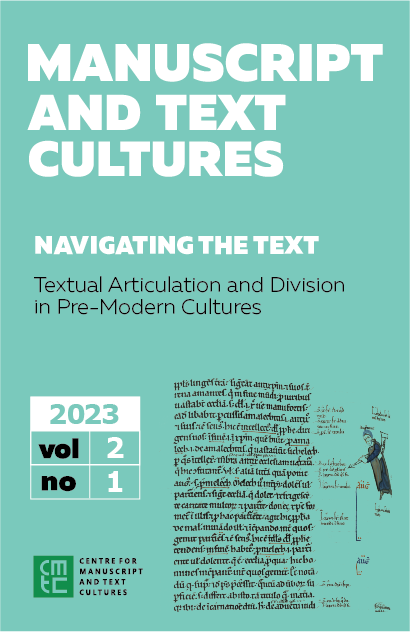Reading Ancient Maya hieroglyphic books
DOI:
https://doi.org/10.56004/v2.1cpKeywords:
calendar, divination, Maya hieroglyphs, codices, Dresden Maya Codex, cognition of time and fateAbstract
Spanish priests burned hundreds of images of idols, cult objects, and manuscripts with Mayan hieroglyphs following the conquest of the Yucatan Peninsula, convinced that this would encourage the indigenous population to renounce their ancient beliefs and turn to the Christian God. In so doing they destroyed the memory of a written culture that had existed for over two thousand years. Only four Maya manuscripts—the so-called codices—survived this missionary zeal and the tropical climate of the Yucatan, and these are today kept in museums and libraries in Mexico City, Madrid, Paris, and Dresden. Unlike hieroglyphic texts on stone monuments they do not relay historical events, but instead are mainly divinatory and related to the 260-day Tzolk’in calendar, holding predictive information about the success or failure of everyday activities on favourable or unfavourable days. The author uses a farmers’ almanac from the Dresden Codex to explain the function of Maya calendars, to discuss the significance of time, and to reconstruct how Mayan calendar priests would read daily predictions in the correlated images and texts and apply them to daily practice.
Downloads
Downloads
Published
How to Cite
Issue
Section
License
Copyright (c) 2023 Christian Prager

This work is licensed under a Creative Commons Attribution-ShareAlike 4.0 International License.

